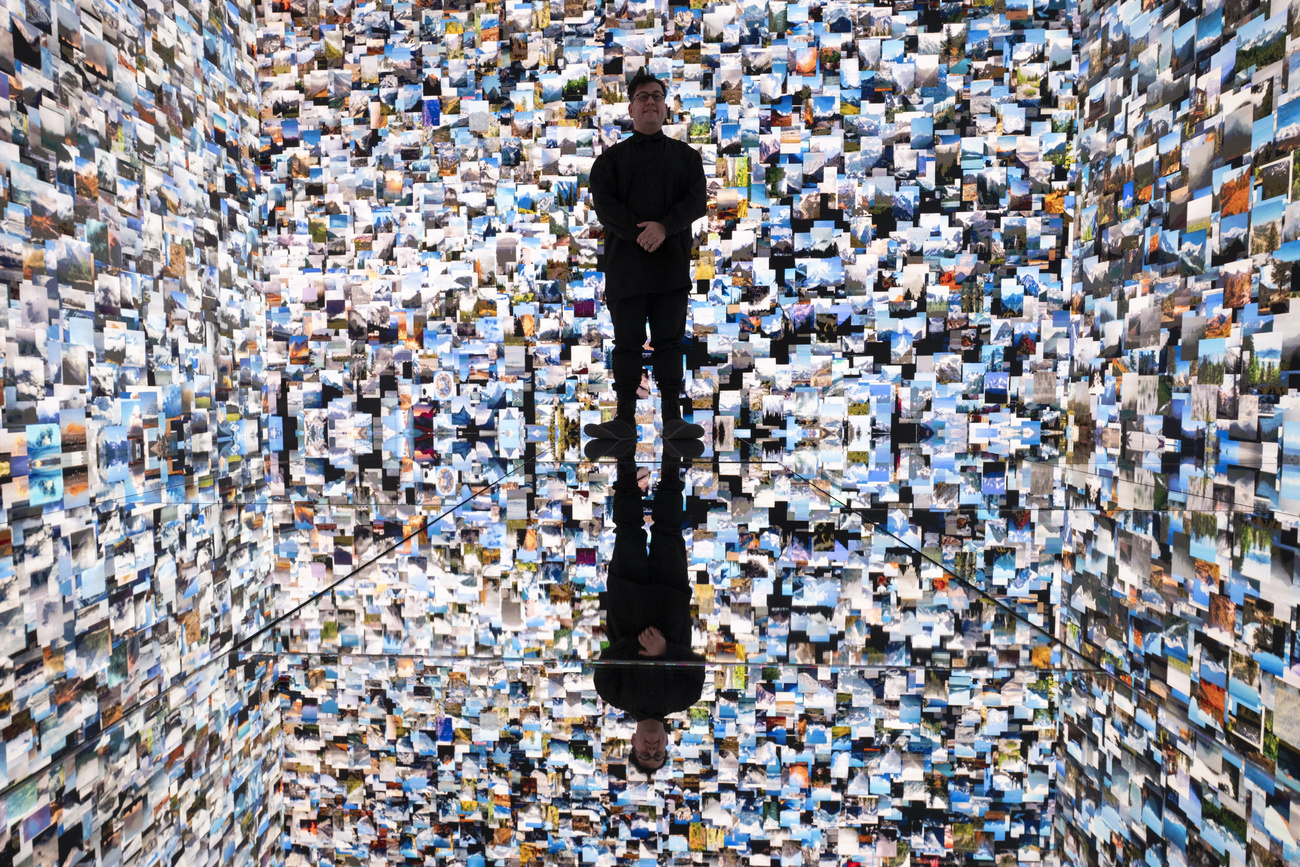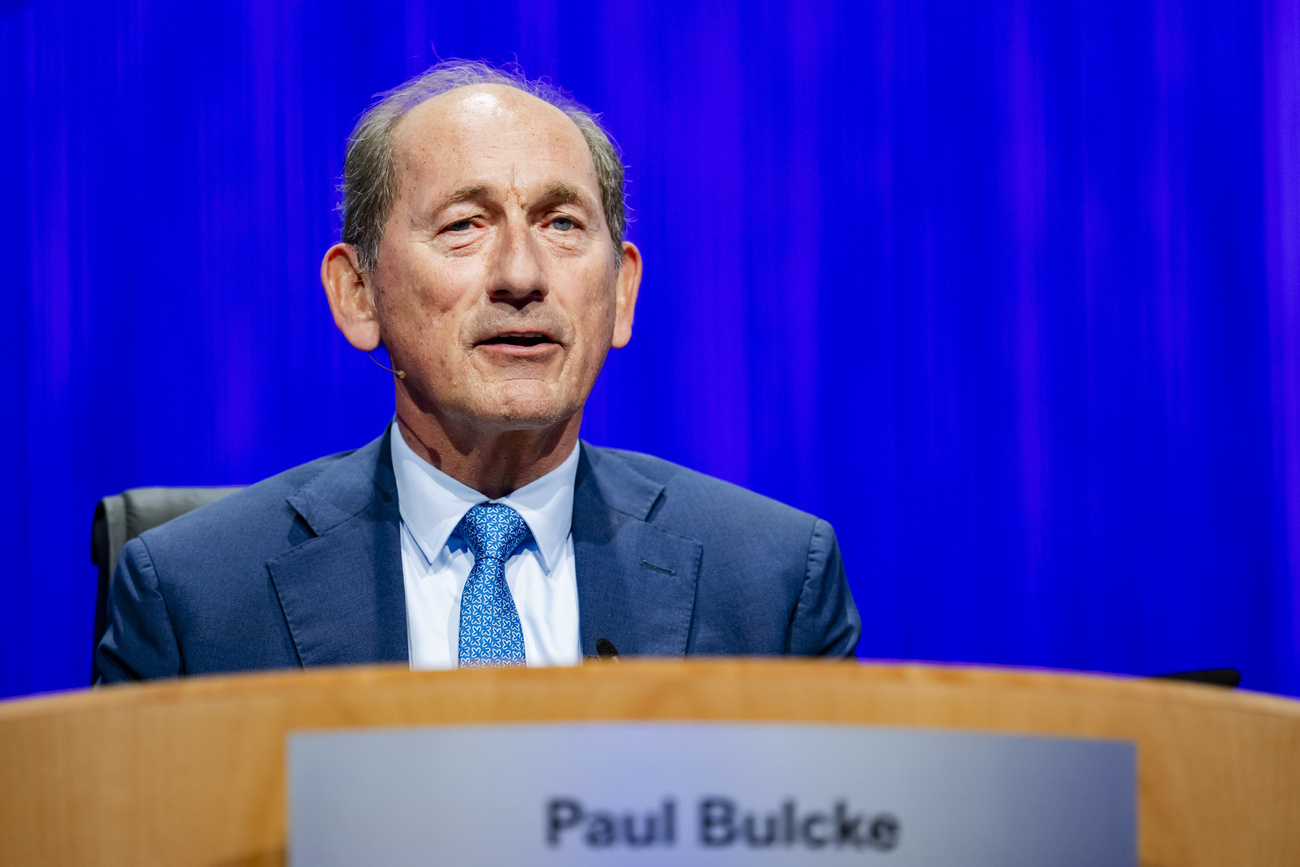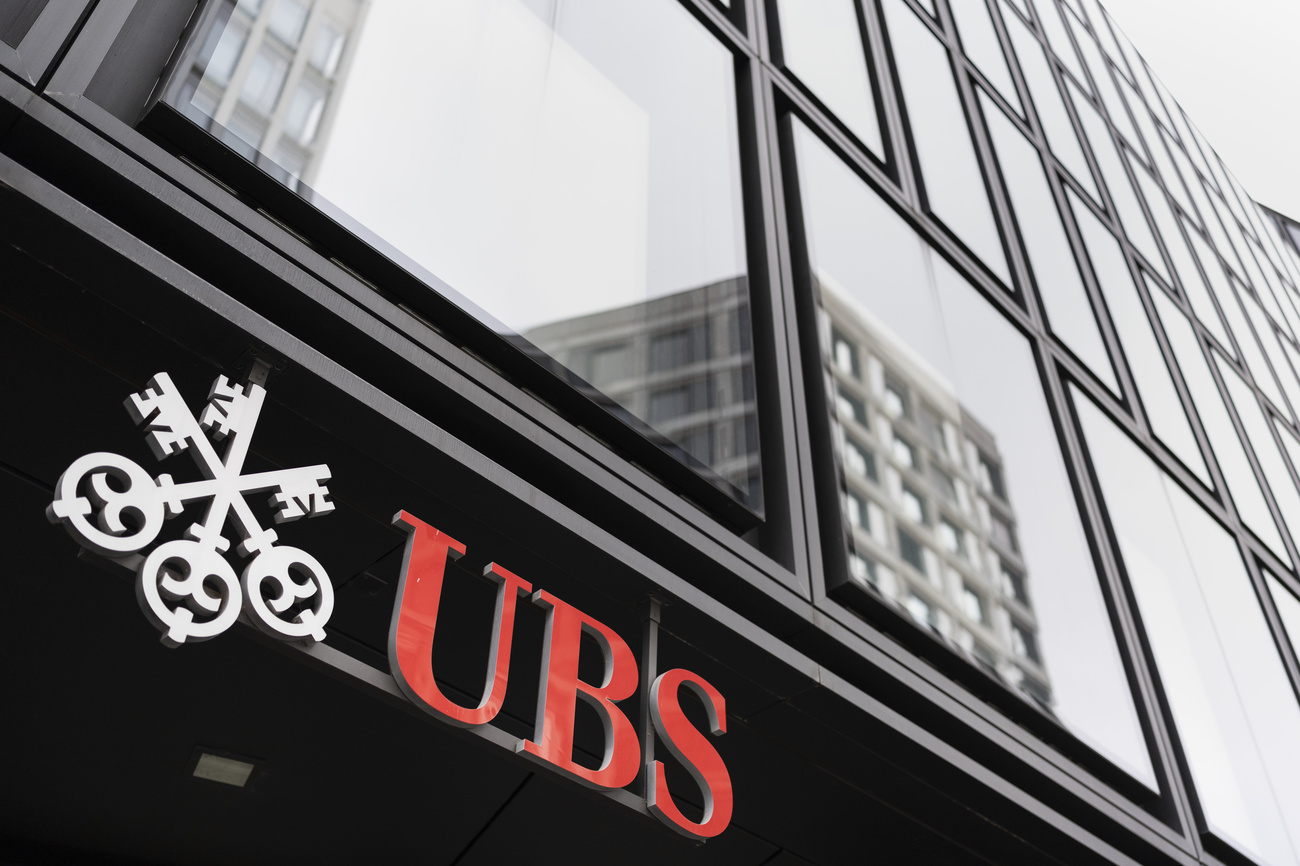
Moody mountain lures alpine worshippers

The Eiger was in a sullen mood earlier this week, not wanting any part in the opening ceremony of the "Eiger Live" mountain festival in the village of Grindelwald.
Hiding in a foggy wet cloak, the 3,970-metre peak refused to show its infamous north face to worshippers at the start of the weeklong series of man and mountain events.
Humans weren’t around during the Cretaceous period to celebrate the earth-shattering tectonics that resulted in the Alps, but they have more than made up for it over the past 150 years, culminating in Eiger Live.
A bonfire is being lit every night during the festival at the foot of the peak, where climbers, artists, scholars and mystics are paying homage to the moody mountain that casts its long shadow over Grindelwald.
The public has been invited to take part in philosophical discussions, look over the shoulders of landscape painters and follow mountain guides around the Eiger’s steep flanks.
“This festival is not just a promotional event,” explains Godi Egger, mountain guide, hostel owner and head of the organising committee.
Egger says the aim of what is expected to become an annual event is to draw attention to ongoing efforts to find a balance between the economic interests of a local population dependent on tourism and environmental concerns.
Marketing tool
First climbed in the mid-19th century, the Eiger came to worldwide attention in 1938 when a German-Austrian foursome conquered its near-vertical north face.
It has remained an important drawing card for Bernese Oberland villages such as Grindelwald, and the crumbling heap of limestone and crystalline rock has stayed on top in today’s world by becoming a brand.
None of the other peaks in the lofty neighbourhood has the same allure as the Eiger.
“Next to the Matterhorn, it’s the best-known brand in Switzerland,” says Sammy Salm, Grindelwald tourist director and a member of the Eiger Live organising committee (listen to audio).
“We use it on our logo and in our communications. The Eiger is a key marketing tool [for Grindelwald],” he continues.
Yet as with most mountains it is unpredictable and a rather reluctant celebrity. Seemingly at will, it can hide behind a thick curtain of cloud or destroy footpaths with rocks and landslides.
Overwhelming force
Salm admits that tourists often cut short their visits, disappointed not to have seen the infamous Eiger north face, where so many climbers have lost their lives.
One of the Eiger Live events – a guided hike above a glacial gorge on the mountain’s east flank – had to be altered at the last minute because the slope, including path, gave way.
The small restaurant where the group would have stopped for refreshments and to admire the rapidly retreating Lower Grindelwald Glacier was left perching precariously on the edge.
“The mountains here are huge and frightening,” says Röbi Koller, a Swiss television personality who presented a live broadcast of a north face ascent in 1999. “I know people who don’t like coming to Grindelwald because the north face is so overwhelming.”
The theme of man’s struggle to overcome nature, which in Switzerland is defined by the Alps, struck a chord with the Swiss and the broadcast laid the foundation for the festival.
“If you go back in history, you find that people didn’t climb mountains,” says Koller. “Why should they?”
“Eiger Live is a simple concept, a stage for philosophical debate and discussions about nature, to discover what the mountains really mean to the Swiss.”
Commercial exploitation
None of the organisers believes the added attention can make the Eiger more popular than it already is.
“The Eiger is commercially exploited,” Egger says. “The Jungfrau Railway tunnel goes through it and viewing windows have been blasted out of its walls.”
Egger, who grew up at the foot of the Eiger, says he is torn in his feelings – on the one hand he has great respect for the mountains and yet as a guide and hostel owner he needs to cash in on them.
“If we don’t provide good prospects for our youth, then they will move away from here,” he says.
Salm’s task is to let the world know that Grindelwald lies at the foot of such a famous mountain and that the village is easily accessible and open for business.
“When the Eiger suddenly appears through the clouds, or when visitors rise from their hotel beds and see it out of their window, they deem their visit a success and leave happy,” Salm concludes.
swissinfo, Dale Bechtel in Grindelwald
The Eiger Live event took place between June 6 and 12.
It is a series of discussions, guided walks and cultural happenings focusing on man’s relationship with the mountains.
The Eiger (3,970m) is not the highest of the peaks in the Bernese Alps, but became famous in 1938 when its near vertical north face – 1,800 metres – was climbed for the first time.

In compliance with the JTI standards
More: SWI swissinfo.ch certified by the Journalism Trust Initiative





































You can find an overview of ongoing debates with our journalists here . Please join us!
If you want to start a conversation about a topic raised in this article or want to report factual errors, email us at english@swissinfo.ch.